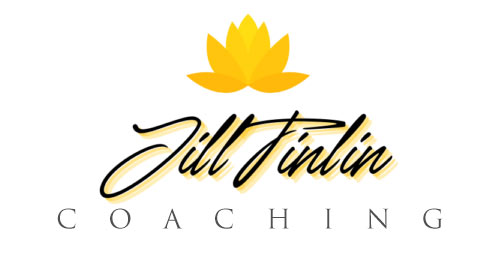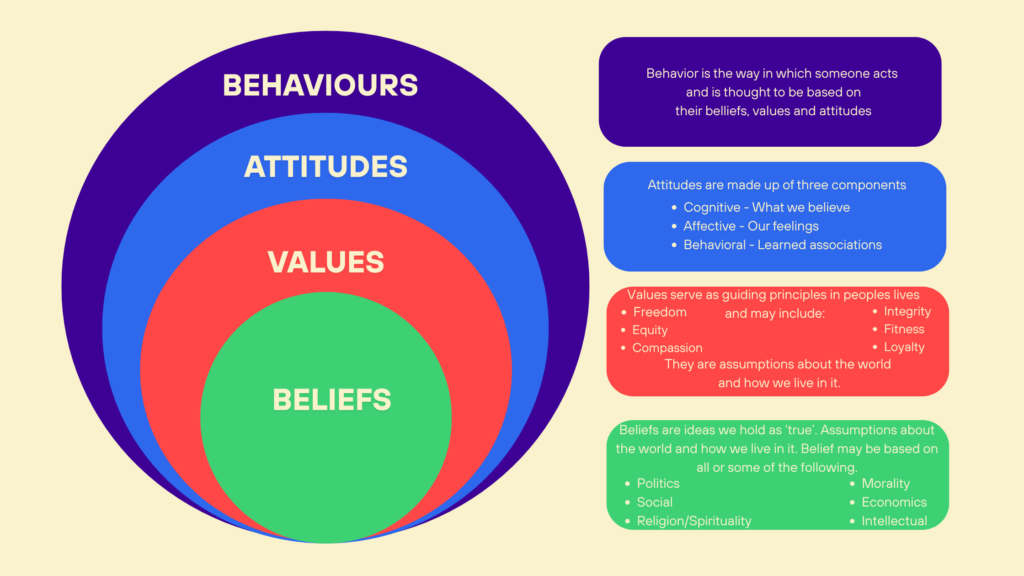“All humans change. Development is our life, and labor is the most painful time. Without change, there’s no growth.”
—Mimi Kennedy
What is the difference between change and transition? Change is an external event or situation, while transition is the internal psychological process of adapting to and coming to terms with that change.
Overview
Change is one constant we can count on in life. Change can be the exciting prospect of graduating from college, the anticipated arrival of a new baby, the jolting news of getting laid off, or the heartache of a relationship ending. Human beings are creatures of habit. Even when the change is planned for, anticipated, or celebrated, change is a disruption. Disruptions to our routines and carefully choreographed lives leave us feeling overwhelmed, disoriented, and anxious. How you cope can have a lasting impact on your emotional well-being, your ability to adjust to your new circumstances, and to move forward into a positive future.
Understanding the process of personal transition is key. Transition is the psychological and emotional journey that you go through when you experience change. Once you know and understand the different stages of this journey and what each stage entails, you will be better able to manage your change process.
Transitions
Faced with a new reality, people naturally look for ways to orient themselves around change and understand what it means. The awareness that we are entering a time of transition is enough for the process to begin. It is common to spend time reevaluating our values and beliefs to remind ourselves of who we are and who we want to be in the world. Transitions are an opportunity to leave behind parts of ourselves we have outgrown or to leave situations that no longer represent the person we have become.
William Bridges is one of the most widely respected autors on the subject of transitions, he defines transitions as: “the process of letting go of the way things used to be and taking hold of the way they subsequently become.” While that may sound simple enough, in reality, the process can be challenging. We can struggle with what is called “identity paralysis”- a feeling of being stuck in an old version of yourself when, in fact, timing and circumstances dictate that you move on.
Letting go is hard. Our identity doesn’t allow us to just continue to layer a new identity onto our existing identity. We must go through an undoing. It is necessary to tear down who we used to be to become the person we are becoming. I owned a small business for 25 years. I was ready to sell the business and move into a new phase of life. I anticipated the change to be freeing and full of adventure. I did not anticipate the shifting ground beneath my feet. I was caught unprepared for how I had constructed my identity around being my own boss and isolated myself from forming meaningful relationships with other managers and leaders. I had to find a whole new sense of self and a whole new way of being confident in the world.
Three Stages of Transition
Let us look at the three stages of transition a little more closely.
An Ending
Endings represent a symbolic death. We must let go of the person we were to create space for the person we are becoming. If this sounds scary, it can be, but it can also be liberating. Shedding the old can be uncomfortable. It stretches us, and we grow and emerge as we take advantage of what transitions offer toward our personal and professional transformation.
The Bridges’ research identifies five key phases of endings:
- Disengagement: the systems in place to support our identity have ceased. Things like being part of college life, moving to a new town away from our supports, changing jobs, and having new responsibilities.
- Dismantling: Disconnecting from these systems allows us to unpack our previous identity. The dismantling process is necessary for individuals to feel a sense of individuality rather than being part of a collective group.
- Disidentification: As we dismantle and disengage, we will begin to stop defining ourselves through the roles, titles, and responsibilities we used to have. If we move through the process correctly, we will start losing a sense of who we are.
- Disenchantment: We begin to wrestle with our assumptions about reality and accept our role in creating the specific version we have been inhabiting. There is a disconcerting feeling that there is more going on beneath the surface than we had been willing to admit.
- Disorientation: We are unsure of the direction forward or backward. This is the doorway to the neutral zone.
Endings can trigger past pain. This can be particularly true if we have done a respectable job of compartmentalizing and suppressing past trauma. Do not be surprised if you experience this. It is a common experience. You are not alone. Friends, family, therapists, a pastor, or a coach can provide support during this time.
The Neutral Zone
The neutral zone is a liminal space, an emptiness between ending and beginning. Liminal spaces are transitional areas we pass through, existing between two places. The liminal space provides a pause between the old identity and a new one. These spaces often evoke unease because they are not meant for staying but rather for passing through. Liminal spaces are transitional or intermediate places or states, like waiting rooms, hallways, elevators, train stations, airports, or the in-between period of adolescence. Liminal spaces are characterized by being neither fully one thing nor another. The word liminal comes from the Latin word ‘limen,’ which means threshold.
Is it any wonder that neutral zones make us feel vulnerable and aimless mentally? But if we can allow ourselves to, we can tap into new levels of consciousness. We can see the world differently and connect to a deeper sense of purpose. The neutral zone is necessary to prune away old identities and prepare the ground for new growth.
The New Beginning
The problem with models is the illusion of simplicity. We experience change, and we transition in an almost ceaseless cycle. We learn about change as children through the seasons: winter, spring, summer, and fall. We barely notice the change from grade to grade during our formative years. We experience changes that cause momentary angst. We feel the disconcerting emotional transition process, but when the situation irons itself out, we barely notice and move on. The problem arises when we experience a change in our lives that causes us to question our identity. Suddenly, that seamless cycle of ending, neutral zone, and a new beginning isn’t nearly seamless. The ending feels scary, uncertain, unwelcome, unfair, you feel undone, how do you move on from here?
The neutral zone is anything but neutral. Some days, you question whether you are sane. The liminal space is brutal. It makes you question the past, the decisions you made, the relationships you had, and the beliefs you held. It causes you to look into the future. Where am I going? Who am I becoming?
The beginning takes bravery, which you do not know if you possess. It is discovering. And it is okay to make a mistake because you are still ending and still becoming. This beginning might be your first in a series of beginnings. Be gentle with yourself. You are a warrior.
A Transition Checklist
- Take your time. The outer circumstances of our lives can change in an instant. It does not mean that your commitments, either to the old situation or the new situation you have not yet invested in, will be temporary. You cannot rush the inner process under which this condition will work.
- Build your support system. Seek the support of family and friends. If you feel overwhelmed, talk to your pastor, a counselor, or a coach.
- Do not act for the sake of action. Resist the temptation to move out of a desire to do something-anything!
- Recognize why you are feeling uncomfortable. Humans do not like to be in a state of disequilibrium; it is undesirable, but that does not make it bad. Work through the discomfort. Find one thing you can control to help you feel less anxious.
- Keep goals S.M.A.R.T. small, manageable, achievable, relevant, and time-sensitive.
- Care for yourself in small ways. Get enough sleep. Eat balanced meals. Make sure you are getting exercise. Go walks. Try meditation or mindfulness techniques. Get out in nature.
- Acknowledge what you are leaving behind. Let go of the past to make room for the future.





